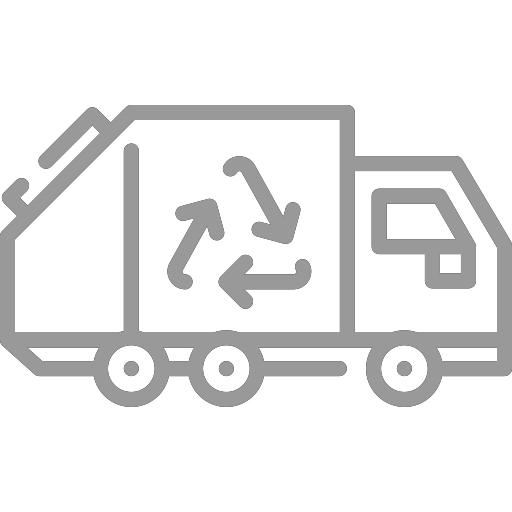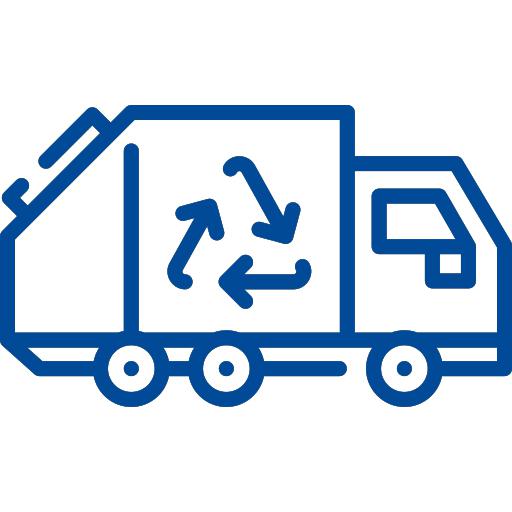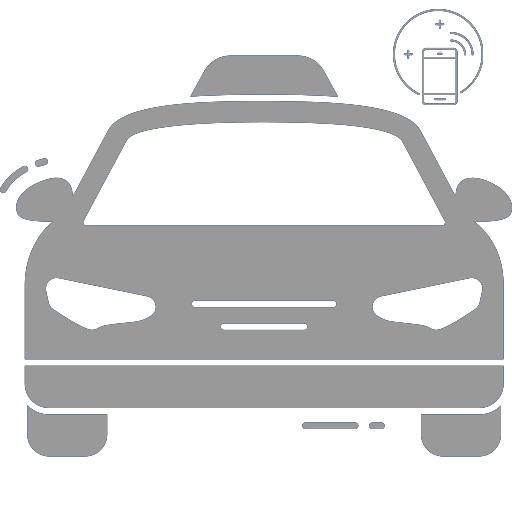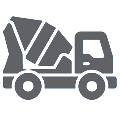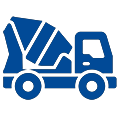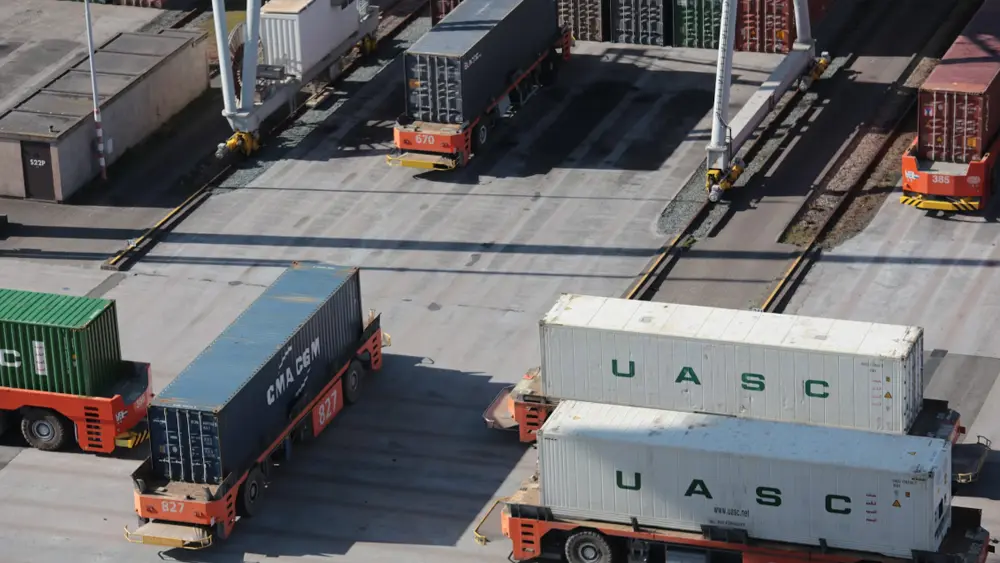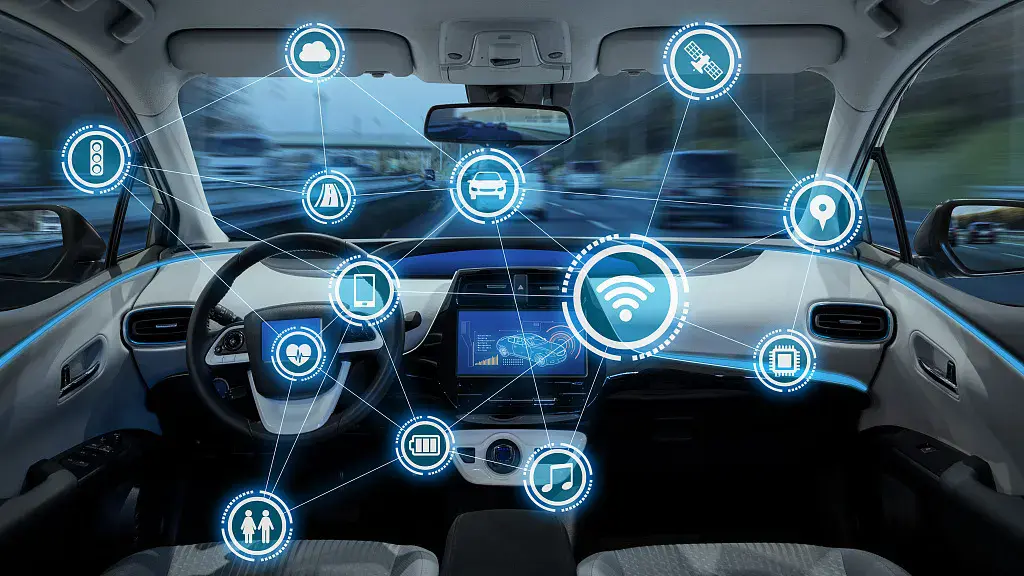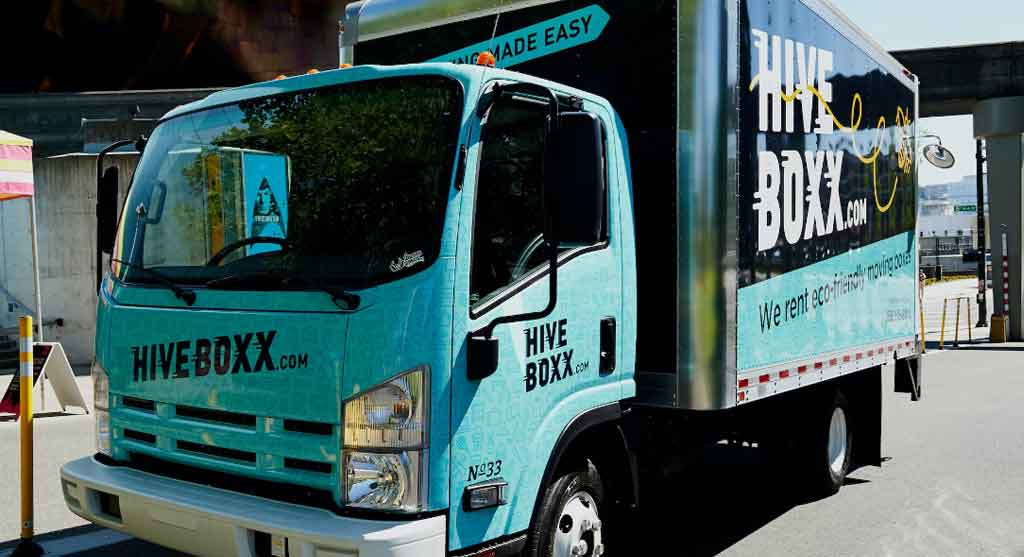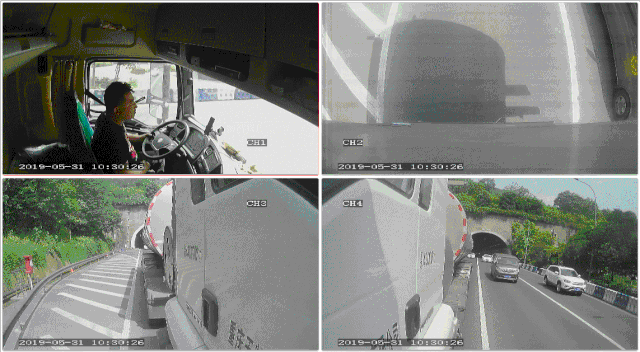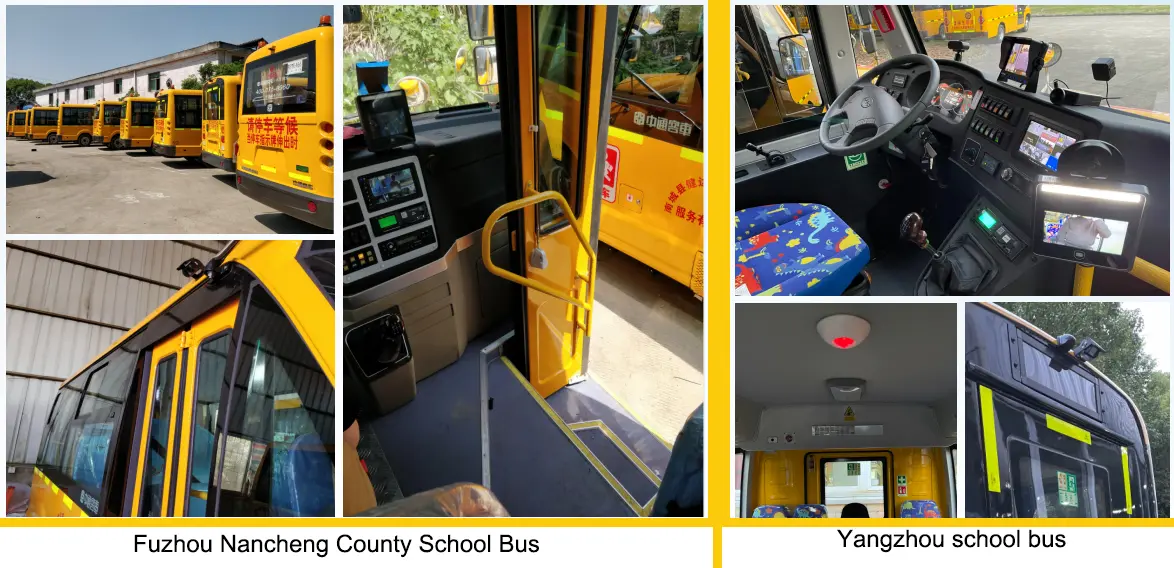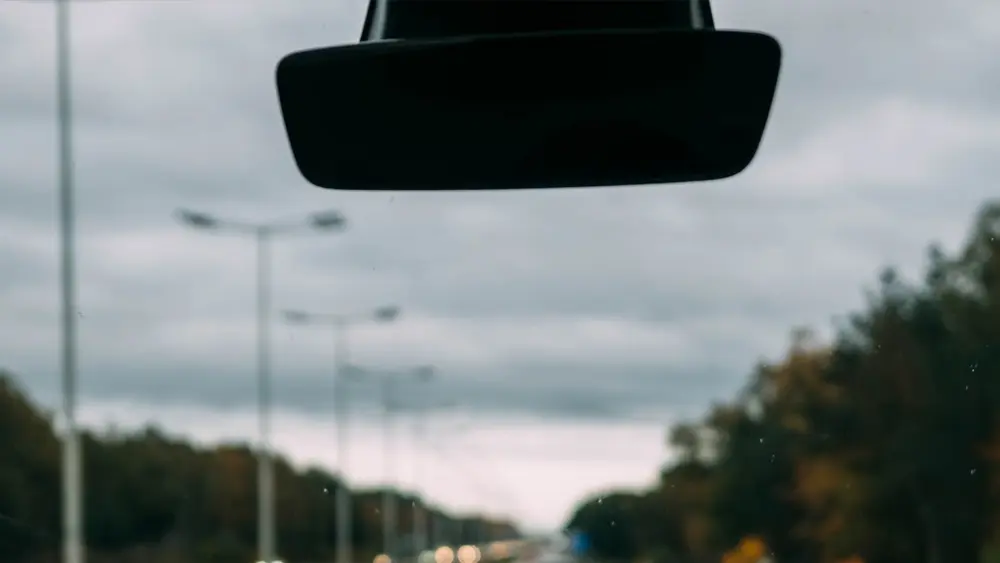What is Telematics?
What is Telematics?
In its broadest sense, telematics is the joining of two sciences—telecommunications, a branch of technology including phone lines and cables, and informatics such as computer systems. Today, the term is commonly used in reference to the telematics solutions utilized in commercial fleet vehicles.
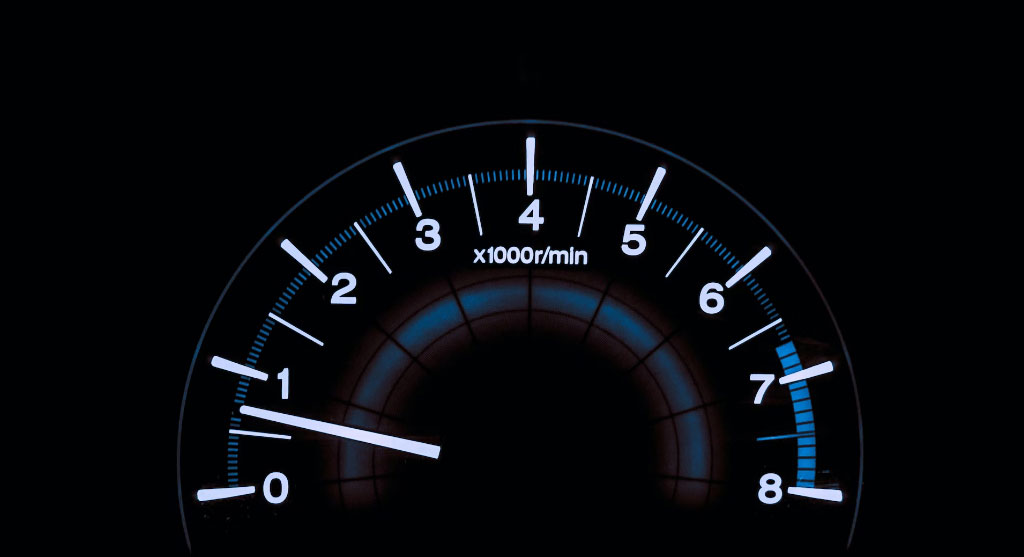
According to Gartner, wireless telematics devices and “black box” technologies collect and transmit data on vehicle use, maintenance requirements and automotive servicing. A popular option for modern companies is to utilize fleet management software, which is a branch of telematics, to coordinate the vehicles they manage and gain a comprehensive view of the health, profitability and productivity of their entire fleet.
How does telematics work?
At its core, a telematics system includes a vehicle tracking device installed in a vehicle that allows the sending, receiving and storing of telemetry data. It connects via the vehicle’s own onboard diagnostics (ODBII) or CAN-BUS port with a SIM card, and an onboard modem enables communication through a wireless network.

The device collects GPS data as well as an array of other vehicle-specific data and transmits it via a cellular network or satellite communication to a centralized server. The server interprets the data and enables it to be displayed for end users via secure websites and apps optimized for smartphones and tablets.
The telematics data captured can include location, speed, idling time, harsh acceleration or braking, fuel consumption, vehicle faults, and more. When analyzed for particular events and patterns, this information can provide in-depth insights across an entire fleet.
How are telematics devices installed?
Many modern commercial vehicle manufacturers install embedded GPS tracking and telematics technologies directly in their fleet vehicles. If a vehicle does not come with this technology pre-installed, aftermarket GPS devices are available for installation. These can be battery powered or powered via the vehicle’s own internal electrical system.
Some OEMs, including Volvo, Mack, Ford, and GM, also partner with telematics providers to provide a seamless end user experience. In the coming years, it’s likely that the automotive industry will continue to develop smart cars that use telematics to deliver better results for their customers. These systems will also capitalize on the emerging Internet of Things (IoT) landscape that can help connect vehicles to cities and smart traffic technologies.
How can my fleet use telematics systems?
Telematics solutions can integrate with existing applications and systems to enable an array of use cases for fleets of all sizes, including:
Vehicle tracking
Vehicles can be tracked using a combination of GPS satellites and receivers, cellular networks and cloud computing. A GPS receiver downloads information from GPS satellites and processes it for use with applications such as driver GPS navigation systems. It also transmits that information via a cellular network to the web servers used by office-based staff, where it can be used to dispatch the nearest driver to a new job.
Trailer and asset tracking
Fleets can attach GPS trackers to trailers and other non-motorized assets to ensure they don't go missing, as well as use them to route drivers directly to stationary trailers. Drivers can tag locations in their GPS unit when unhitching a trailer, and those coordinates can be easily passed on, allowing them to route directly to the trailer. The system can also be set up so that an instant alert is sent to a manager's mobile device should a trailer or asset be moved without authorization.
Maintenance improvements
Vehicle maintenance and asset lifecycle management can be improved by using fleet telematics to track hours-of-use records and schedule preventative maintenance, as well as help keep tabs on warranty recovery, engine hour tracking and service records tracking. Fleet managers can decrease expenses and keep vehicles in safe operating condition by staying on top of engine diagnostics, including battery voltage, coolant temperature, powertrain malfunctions, intake valve issues, oxygen sensor problems, and more.
Safety tracking
Managers can use fleet telematics to monitor vehicle speed and location, as well as harsh driving events and seat belt use. Telematics provides a digital blueprint of every aspect of a vehicle’s operation, helping fleet managers understand where improvements can be made in accident prevention measures and driver safety standards.
Insurance risk assessment
Insurance companies can use telematics to monitor driver behavior, allowing them to more accurately determine risk factors and adjust insurance premiums accordingly. Telematics devices can also report when a vehicle is used in a location outside a designated area, known as a geofence.
What are the benefits of telematics in fleet management?
Telematics technology can help fleets achieve operational improvements in key areas:
Decreased fuel costs
Telematics can help identify areas of waste, such as vehicle idling or fuel slippage, and allow fleet managers to address them promptly, which positively impacts fuel efficiency and the bottom line. It also can help management plan the most efficient route for each driver to reduce unnecessary mileage.
Improved safety
Continuous feedback regarding driving style and driving behavior lets fleet managers coach drivers and reduce unwanted driving habits such as speeding or harsh braking. Improvements can be made based on actionable, data-based reports that highlight driver performance and support new safety targets.
Elevated productivity
With near real-time GPS system data, drivers can help avoid traffic delays and plan for inclement weather. Back office managers can quickly and easily attribute any new or additional site visits to the nearest vehicle and instruct them on the most efficient route to get there.
Better payroll management
By tracking the precise time a vehicle starts at the beginning of the day to the moment it shuts down, fleet managers have an accurate, automated record of how long an employee worked. This helps business owners verify that employees are paid accurately for the hours they work while eliminating unnecessary time spent manually matching up timesheets to job tickets.
Is telematics expensive?
It depends on the fleet management solution. Bare bones GPS tracking on a map is a relatively cheap option but provides very little actionable insight. Coupling a fully integrated telematics solution with other technologies such as electronic logging devices (ELDs), dashcams, smart route planning, and advanced driver management costs more up front but provides a much bigger ROI.
Better fleet visibility helps take stock of what a fleet has and how it’s being used. Customizable dashboards can make it easy to review progress towards KPIs or budgets, with near real-time fleet analytics provided by the fleet tracking system. In the long term, GPS fleet tracking can help uncover hidden costs while revealing potential for greater productivity and efficiency throughout an entire organization; which is well worth the investment.
The future of telematics
As owners look beyond the basic needs in order to achieve "increasing integrations into the broader scope of the enterprise, including with mobile workforce management, ERP software, and business management software," telematics will become an integral component of all modern fleet operations.1
Ready to see for yourself how a telematics solution from YUWEI can give you the insights you need to transform your business? Request a demo today.

















